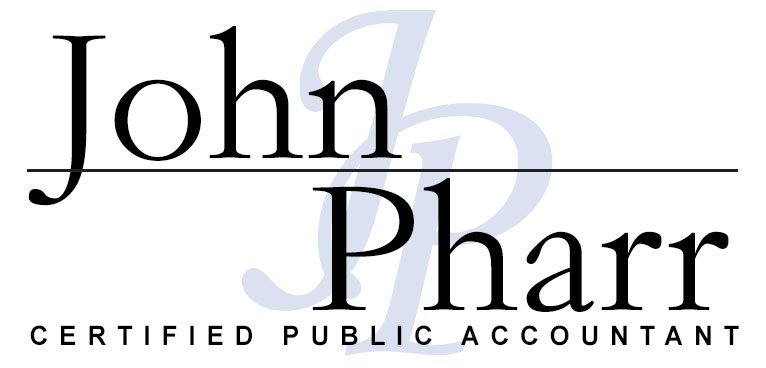HSA Contribution Limits to Rise Slightly in 2025
The IRS Announces Minor Inflation-Adjusted Increase for Health Savings Account (HSA) Contribution Limits
In 2025, owners of Health Savings Accounts (HSAs) will experience a slight increase in their contribution limits. The IRS has recently announced the updated limits for HSAs, with an additional $150 for individuals and $250 for those with family coverage compared to the limits set for the current year. This adjustment reflects inflationary changes and aims to provide individuals and families with increased flexibility in managing their healthcare expenses while enjoying the triple-tax-advantaged benefits of HSAs.
In accordance with IRS Revenue Procedure 2024-25, the annual contribution limits for Health Savings Accounts (HSAs) have been adjusted for the calendar year 2025. For individuals enrolled in high-deductible health plans (HDHPs) with self-only coverage, the HSA contribution limit will increase to $4,300, compared to $4,150 in 2024. Similarly, for individuals with family coverage under an HDHP, the contribution limit will rise to $8,550, up from $8,300 in the previous year. These adjustments reflect changes in inflation and aim to accommodate individuals and families in effectively managing their healthcare expenses while maximizing the benefits of HSAs.
The modest uptick in HSA contribution limits for 2025 follows a significant increase that occurred in 2024. In 2024, the limits saw their largest-ever rise, escalating from $3,850 in 2023 to $4,150 for individuals and from $7,750 in 2023 to $8,300 for families. Additionally, individuals aged 55 or older by the end of the year have the option to make an extra $1,000 contribution to their HSA. These adjustments reflect ongoing changes to accommodate evolving healthcare expenses and savings needs for individuals and families.
To qualify for contributions to a Health Savings Account (HSA), participants must have a high-deductible health plan (HDHP) that meets certain criteria outlined by the IRS. An individual cannot be enrolled in Medicare to be eligible for HSA contributions. The IRS has revised the definition of an HDHP for the year 2025. In the upcoming year, an HDHP will have an annual deductible of no less than $1,650 for self-only coverage, compared to $1,600 in the current year, or $3,300 for family coverage, up from $3,200 in 2024. These adjustments reflect updated standards to maintain eligibility for HSA contributions and ensure compliance with IRS regulations.
The maximum yearly out-of-pocket expenses, which include deductibles, copayments, and other costs excluding premiums, have been adjusted for the year 2025. For self-only coverage, these expenses cannot exceed $8,300 annually, an increase from $8,050 in 2024. For family coverage, the limit has been raised to $16,600, up from $16,100 in the previous year. These adjustments are set to ensure that individuals and families are not burdened with excessive healthcare costs beyond the specified limits.
A Health Savings Account (HSA), permits individuals to allocate pre-tax funds towards covering out-of-pocket medical costs like copayments, deductibles, and other eligible expenses. Additionally, HSA funds are applicable for paying Medicare Part B, Part D, and Medicare Advantage premiums for individuals aged 65 or older. This tax-advantaged account serves as a financial tool to manage healthcare expenses efficiently, offering flexibility and savings benefits.
Unlike some retirement accounts or flexible spending arrangements, a health savings account (HSA) does not impose a mandatory distribution requirement based on the account holder’s age. Funds deposited into an HSA can remain in the account indefinitely, without the risk of forfeiture. This feature contrasts with other types of flexible savings accounts, where funds not utilized within a specified period are forfeited (“use it or lose it”). The HSA structure offers individuals the flexibility to accumulate savings over time, allowing for potential growth and future medical expenses without the pressure of immediate use.
Health Savings Accounts (HSAs) have consistently held appeal due to their portability and exceptional tax benefits, although they have not always been fully utilized. HSAs stand out for their triple-tax advantage, making them highly advantageous within the tax code. Contributions made to an HSA result in a reduction of taxable income for the individual. Furthermore, any earnings generated within the HSA grow tax-free over time. Most notably, withdrawals from the HSA are tax-free as well, provided they are used for qualified healthcare expenses. This unique combination of benefits makes HSAs a valuable tool for individuals seeking to save for medical expenses while enjoying significant tax advantages.
Devenir, a prominent provider of investment solutions for health savings accounts (HSAs) across the United States, has released its latest findings indicating substantial growth in the HSA market. By the end of 2023, HSAs collectively held approximately $123 billion in assets, marking a notable year-over-year increase of 19%. Moreover, the number of individual HSA accounts rose by 5%, reaching over 37 million accounts nationwide. These statistics underscore the growing popularity and importance of HSAs as a means of saving for healthcare expenses while enjoying tax advantages.
“Our latest survey results not only show robust growth in HSA assets but also projects a strong, upward trajectory for the future, indicating a steady and significant expansion of the HSA market,” said Jon Robb, SVP of research and technology at Devenir.
According to projections by Devenir, the HSA market is expected to reach approximately 44 million accounts by the conclusion of 2026, with total assets estimated to be around $168 billion.
Read the complete details about the 2025 HSA contribution limits in IRS Revenue Procedure 2024-25. The increases go into effect in January 2025.




